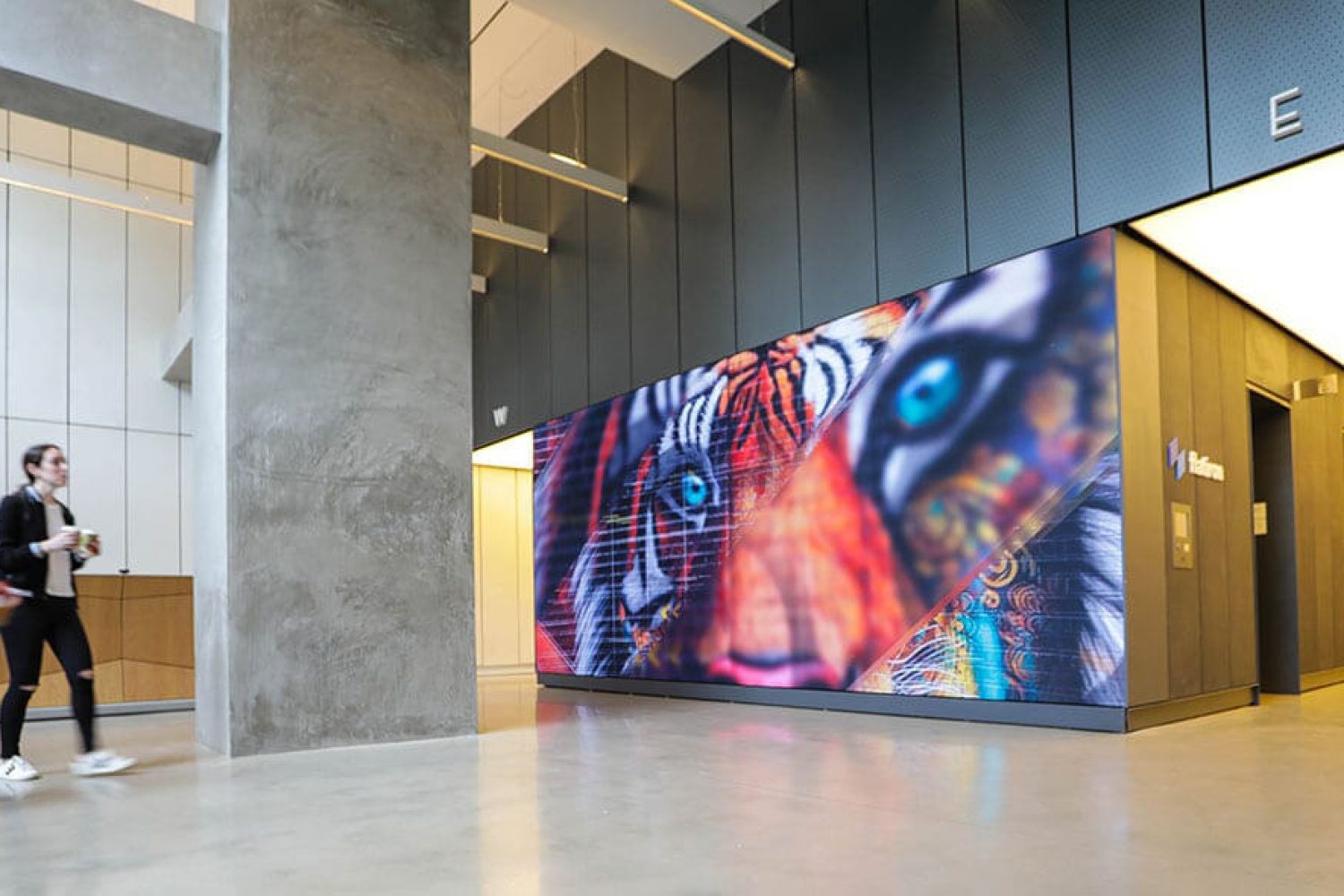Investigating the Key Factors That Affect Color Uniformity in LED Wall Screens for Optimal Visual Output
Hue uniformity in LED wall screens is essential for achieving maximum visual output. light-emitting diode wall screens are widely used in various settings, including musical events, conferences, and promotional showcases. When the colors on these panels are consistent, they create a more engaging and enveloping encounter for audiences. Several key elements affect hue consistency, including the quality of the LED components, tuning processes, and surrounding conditions.The quality of the light-emitting diode elements plays a major role in hue uniformity. Different types of light-emitting diodes emit light at varying wavelengths, which can influence the total hue result. Premium light-emitting diodes are designed to produce a more uniform light range, leading in improved hue precision. Additionally, the production process of these light-emitting diodes can affect their functionality. Screens made with high-grade materials and techniques tend to have less color differences, guaranteeing that the shown pictures and videos look lively and true to life.

Tuning is another crucial factor in preserving hue consistency in LED wall screens. Calibration involves modifying the configurations of the panel to ensure that the hues shown align the intended design. This procedure can consist of fine-tuning brightness, differentiation, and hue balance. Regular tuning is essential, led wall rental for startup showcases especially in environments where lighting factors vary frequently. By calibrating the panels, specialists can correct any discrepancies in hue result, leading to a more consistent observing encounter.
Environmental conditions also affect hue uniformity in light-emitting diode wall screens. Factors such as surrounding light, temperature, and humidity can affect how hues are seen. For instance, bright ambient light can wash out colors, making them look more vibrant. Similarly, extreme heat can influence the functionality of the LEDs, leading to hue changes. To mitigate these issues, it is crucial to place light-emitting diode wall screens in managed environments where illumination and temperature can be controlled efficiently.
Lastly, the design and layout of the LED wall screens can impact color consistency. The configuration of the screens, as well as the spacing from which they are viewed, can create differences in hue recognition. When panels are placed too far apart or at different positions, audiences may detect discrepancies in color. To achieve the best optical performance, it is important to consider the positioning and arrangement of the screens during setup. By tackling these factors, users can ensure that their LED wall panels provide a uniform and superior optical encounter.